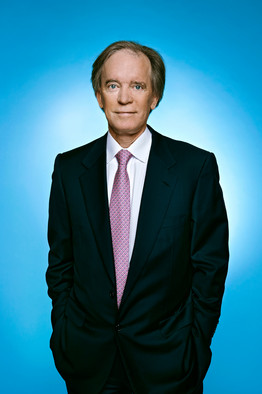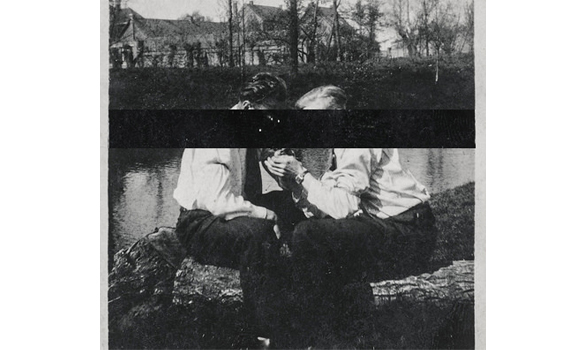
MORNING BID EUROPE-A daily note from our Economics/Politics Editor
October 4, 2014
Bond King Bill Gross’ Next Act
October 5, 2014

Censorship measures in the 20th century sought to limit the depiction of same-sex relationships. Not everyone went along with the rules.
Resolved, That those things which are included in the following list shall not appear in pictures produced by the members of this Association, irrespective of the manner in which they are treated:
[…]
- Any inference of sex perversion;
The Motion Picture Production Code (dubbed the Hays code for one of its chief proponents) was one of countless censorship measures in the 20th century to clamp down on the depiction of same-sex relationships. In September Queer-A-Day paid special attention to queer pioneers in the United States and Europe who bucked their countries’ suppressive systems with varying degrees of success. Other, similarly defiant queers have been subjects in past months on the Queer-a-Day Project. This is a fresh crop.
◊♦◊
Kicking off the 20th century’s wild queer ride is Aleister Crowley, “the wickedest man in the world” (or, as he called himself, “The Great Beast 666”). The founder of a religion based around doing whatever one pleased, Crowley spent his life pushing the boundaries of his own wants (and the general public’s tolerance) with his black magic and shocking sexual escapades. While he was never famous for being censored, per se, he was put on trial after tabloid journalists found him, and his work fell out of the general consciousness until rock bands in the ‘60’s read his books as inspritation.
◊♦◊
Germany’s transition from the libertine Weimer Republic to the Nazi years was particularly cruel to its queer population. Magnus Hirschfeld, one of the world’s first sexologists, went from having his own institute to seeing its archives burned to the ground. Among the casualties was the film Anders als die Andern (“Different from the Others”), the equivalent of a modern-day after school special. Protagonist Paul Körner, a violinist smitten with one of his students, was the first gay character to be depicted in a sympathetic light at the cinema. (A link to a partial reconstruction of Anders is available in the post, for those interested.)
◊♦◊
Next in the chronological lineup came Allen Ginsberg, American beat poet extraordinaire, whose explicit chef d’oeuvre Howl became the subject of a landmark obscenity trial. In spite of the communism, drug use, and graphic sexuality, his publisher carried the day on the grounds that Howl had enough artistic merit to justify it being sold.
◊♦◊
Then there was Caligula. The movie depiction of the infamously debauched (and possibly bisexual) Roman emperor, produced by Penthouse Films Magazine, caused a scandal and was seized numerous times by American authorities due to its violence and sexual acts. The irony of the kerfluffle was that Caligula – much like the exaggerated accounts of the real Emperor – was intended to be a morality play depicting the consequences of acquiring power, not a license to imitate the performers. Censorship has no sense of humor.
◊♦◊
Extreme sexual media reached their natural 20th century climax with Robert Mapplethorpe, a photographer who specialized in sensual flowers, artistic nudes, and portraits of New York City’s gay BDSM scene. His final show, which included a self-portrait of Mapplethorpe with a bullwhip inserted into his rectum, is still the subject of a dialogue around censorship complete with its own conference.
Bringing things full circle is Vito Russo, a film critic who took on Hollywood’s formal and informal censorship of queer characters in his book The Celluloid Closet, posthumously made into a movie of its own. When he wasn’t shining a light on cinema history, Russo was helping found GLAAD and ACT-UP, giving powerful speeches on the devastation of homophobia and appearing in documentaries. Like Mapplethorpe, he died of AIDS.
◊♦◊
Every month I’ll be highlighting five fascinating (mostly) men profiled on The Queer-A-Day-Project. The other ~25 can be found in the Table of Contents alongside luminaries from prior months.
Art credit: Claire Quigley
Tune in next month for more queer history highlights, or just follow the blog for regular updates.
Editor’s note: All language is as originally used by the author.
Top Photo: simpleinsomnia/Flickr – modified by JJ Vincent
Want the best of The Good Men Project posts sent to you by email? Join our mailing list here.


